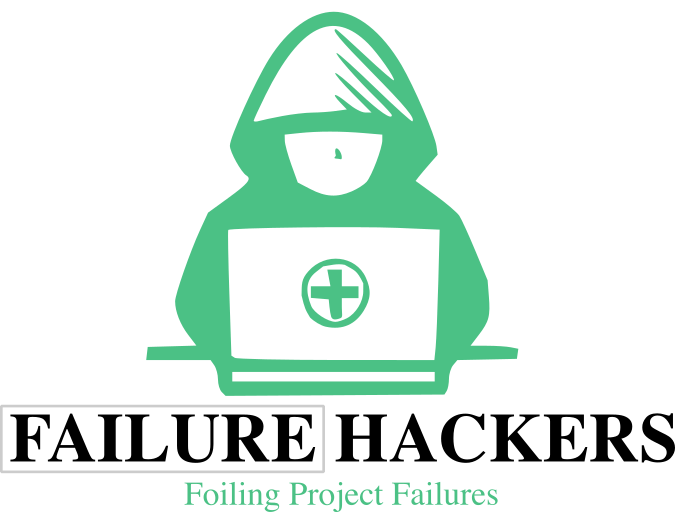Gamify Your Retrospectives: DIY Game Mechanics and Templates for Fun, Insight-Rich Problem-Solving Simulations
Have you ever felt that your team retrospectives have become a little stale? That the same discussions are circling like clockwork, resulting in minimal insights or actionable outcomes?
It’s time to shake things up! By introducing game mechanics into your retrospectives, you can transform these sessions into dynamic, engaging problem-solving experiences. In this article, we’ll explore a range of DIY game mechanics and templates that will not only make your retros more enjoyable but also chock-full of valuable insights.
Why Gamify Your Retrospectives?
Gamification involves applying game-like elements to non-game contexts, which can enhance motivation, engagement, and overall enjoyment. In the context of retrospectives, it encourages participation, fosters creativity, and helps teams uncover deeper insights into their processes. When retrospectives are lively and interactive, teams are more likely to leave with a renewed sense of purpose and a clearer action plan.
DIY Game Mechanics for Engaging Retrospectives
Here are some tried-and-tested game mechanics that you can implement in your next retrospective to inject some energy into your discussions:
1. Themed Retrospective
Introduce themes to your retrospectives to add an element of fun. For example, consider a superhero theme where team members can don capes or masks. Each participant could take on a superhero persona and share their “superpower” – what they did well during the sprint – as well as their “kryptonite” – what hindered them. This light-hearted approach helps create an environment where team members feel safe to express both strengths and weaknesses.
2. Retrospective Bingo
Create bingo cards filled with common issues or phrases that arise during retrospectives (e.g., “lack of communication,” “didn’t meet deadlines,” or “great teamwork”). Distribute these cards to participants at the beginning of the session. As discussions unfold, players mark off phrases they hear on their cards. The first person to get a line (horizontal, vertical, or diagonal) shouts “Bingo!” and shares insights related to the marked items. This adds an element of competition while keeping conversations focused.
3. Insight Cards
Distribute blank cards at the start of the retrospective. Ask participants to write down one positive thing that happened during the last sprint on one side and one area for improvement on the other. After everyone has written their cards, gather them and shuffle. Then, draw cards at random and discuss the insights provided. This method allows for anonymity and encourages honest feedback.
4. Role-Playing Scenarios
Create role-playing scenarios based on real challenges the team has faced. Split participants into small groups and assign each a scenario to act out. For example, one group might play out a situation involving miscommunication, while another could illustrate a successful team collaboration moment. After presentations, facilitate a discussion around what strategies worked, what didn’t, and how similar situations can be better handled in the future.
Practical Templates for Your Next Retrospective
To help you implement these mechanics effectively, here are two templates that you can use:
Template 1: Themed Retrospective Agenda
Preparation:
- Choose a theme and inform the team in advance.
- Prepare themed decorations or props.
Agenda:
- Introduction (5 minutes): Welcome everyone and explain the theme.
- Icebreaker (10 minutes): Share superpowers and kryptonites.
- Insights Gathering (30 minutes): Use Insight Cards for collecting feedback.
- Discussion (20 minutes): Analyse feedback and highlight key areas for improvement.
- Action Planning (15 minutes): Agree on actionable items for the next sprint.
- Wrap-Up (5 minutes): Celebrate successes and reflect on what was learned.
Template 2: Retrospective Bingo Card
| Lack of Communication | Missed Deadlines | Great Teamwork | Technical Issues | Lack of Resources |
|---|---|---|---|---|
Feel free to customise the grid to suit your team’s common phrases or issues.
Conclusion
Incorporating gamification into your retrospectives can reinvigorate the process, making it a space for creativity and genuine insight. The mechanics and templates shared above are just starting points; feel free to modify them to better fit your team’s dynamics. Remember, the goal is to foster an open environment where everyone feels comfortable sharing and contributing. Happy retro-gaming!

